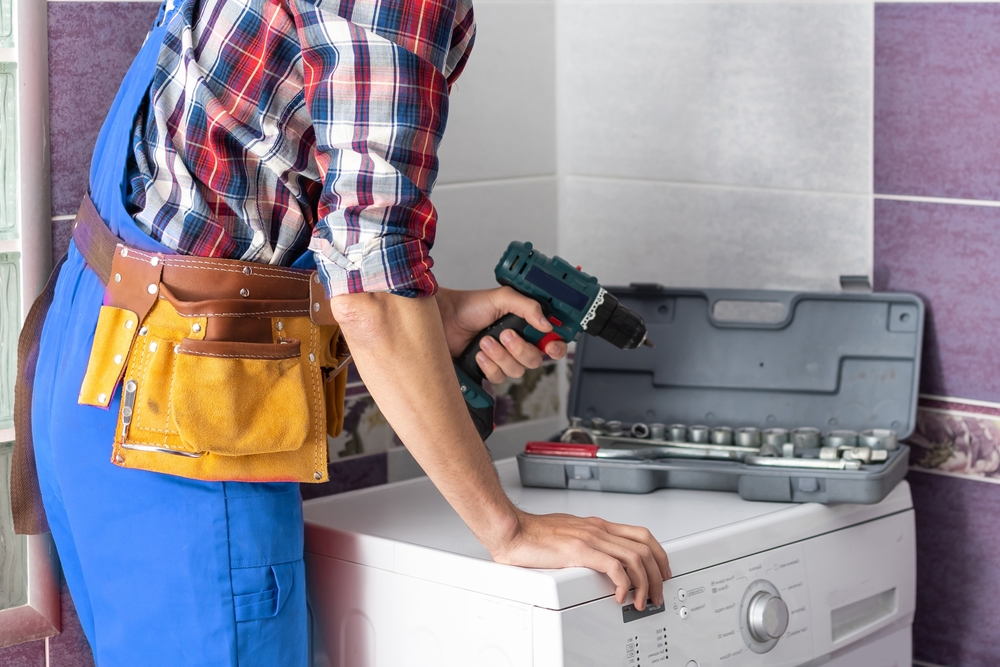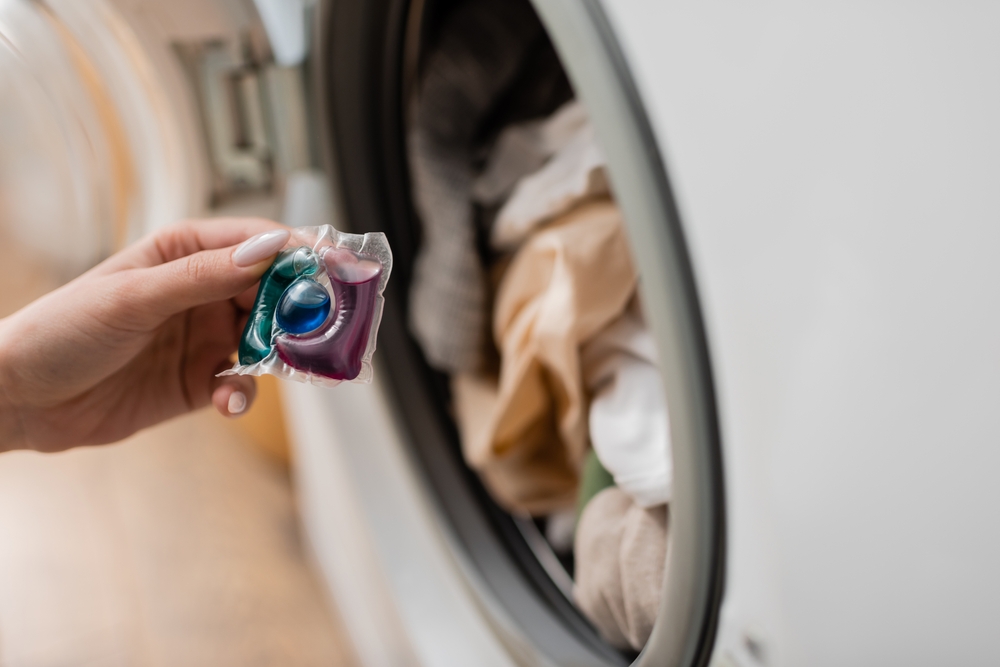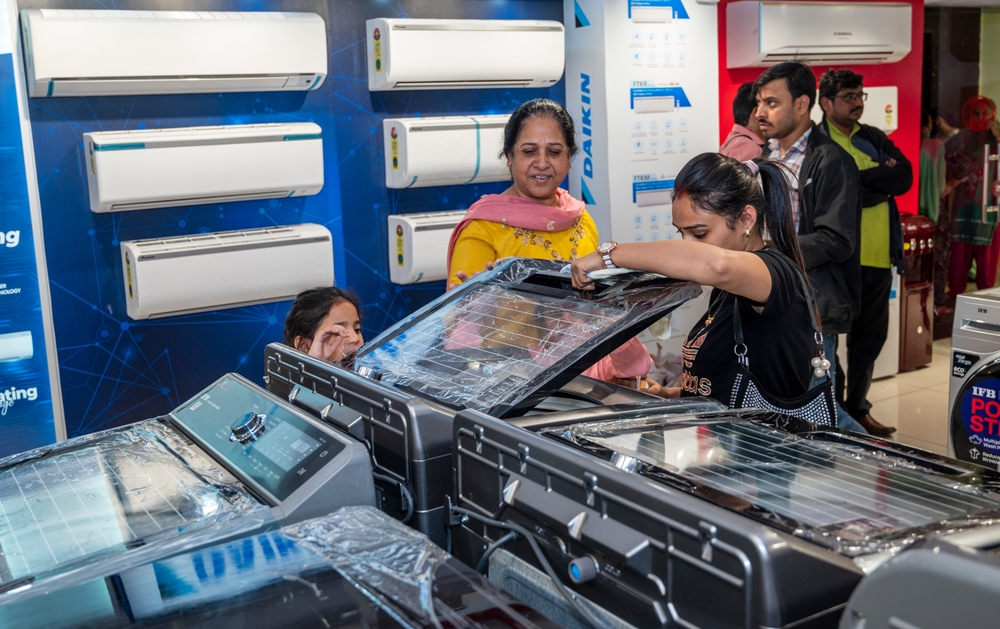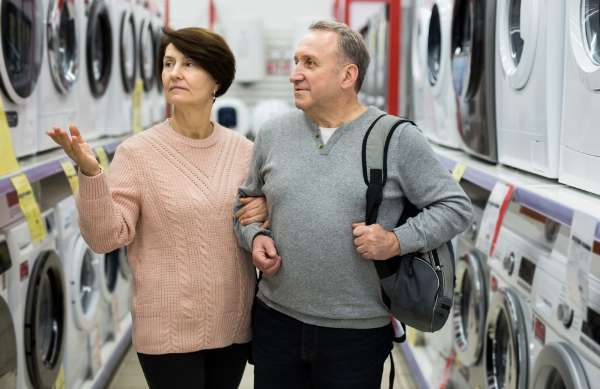Since the advent of the electronic washing machine, one question has plagued society: Which is better: front-loading machines or top-loaders? For a while, the answer was that top-loaders were superior. They didn’t have many technical issues that cursed their front-loading counterparts. As technology advanced, however, the two designs have become fairly equal in performance.
There’s also a matter of preference. Some people may find top-loading washing machines easier to access, while others may find front-loaders more useful. Regardless of personal opinion, there’s a way to determine which model reigns supreme in the money-saving department. We’ll judge both designs on water efficiency, maintenance cost, and cleaning performance.
Water Efficiency
Despite being a necessity, water isn’t free. People will do whatever they can to save a few dollars on their monthly water bill. On paper, one of the best ways to do that is to start using a front-loading washing machine. Front-loaders are, on average, more water-efficient than top-loaders. They require less water and detergent per cycle and can fit more laundry into each load.
They’re also more energy-efficient overall. We don’t often think about how much electricity is being used by our washers and dryers since they’re running in the background while we do other tasks. But a washing machine can use anywhere between 400 and 1,400 watts of electricity per cycle, depending on the model. Top-loaders tend to use more power than front-loaders.
However, one point in top-loaders' favor is that it’s easier to add to a load after it’s already started. This saves both water and electricity since there’s no need to run a whole extra cycle for a few articles of clothing. Attempting to open a front-loader mid-cycle is a quick way to flood your laundry room.
Maintenance Cost

While many of the more problematic front-loader features have been dealt with, at least one glaring issue remains. Front-loaders require maintenance — far more than their top-loading cousins. Mold and mildew can easily take hold of the appliance, resulting in unpleasant odors and more devastating damage.
On the other hand, top-loaders don’t require such care. Of course, mold can still grow if laundry is left sitting. Appliances can and do fall apart with seemingly little provocation. However, there’s no rubber gasket to worry about, which is the part most prone to breaking or growing moldy on front-loading washers. The door to the washer also isn’t repeatedly bombarded with water. The mold has fewer places to grow, and there are few ways for the door to become damaged. (Theoretically, a top-loader doesn’t even need a door to function!) They’re also easier to self-install than their counterparts.
After each use, mold can be kept at bay by wiping down a front-loading machine. Realistically, nobody will remember to wipe it down every single time. Furthermore, when repairs are required, professionals tend to charge more to fix front-loaders than top-loaders. It’s a slim margin, but the point goes to top-loaders for maintenance.
Cleaning Performance

You might not think much about how well your washing machine actually cleans. After all, a spin cycle is a spin cycle, right? Not exactly. Each washing machine has drastically different cleaning power, even within the same design. On average, this is another category where front-loaders have the advantage.
Inside top-loader washing machines is a device known as an agitator. This rotates the clothes inside the machine, which allows them to get clean. While it’s effective, it requires ample stain removers and detergent to achieve optimal cleanliness. The rotation can also be harsh on clothing. Overloading the washing machine can prevent the agitator from rotating properly. This results in nothing getting cleaned.
The design of a front-loader means it uses less water and detergent. Clothing is moved using gravity and dropped into water, which proves gentler overall. You can achieve the same level of cleanliness as a top-loading machine without putting the same strain on the clothes and the detergent bottle. While both designs will clean your clothes without issue, front-loaders will simply do it in fewer cycles.
The Minor Pros and Cons
A front-loader is the easy winner for those living in an area with limited space. The design means the appliance can be stacked with a dryer above or below. Top-loaders can’t be stacked, thus taking up more precious real estate. (However, some washer-dryer combos are built together with a top-loading washing machine. These are uncommon and typically come preinstalled with apartments.)
Chronic pain or illness can make chores difficult, especially if they require bending over. For those in these situations, it may be easier to have a top-loading machine. It’s simple to dump in the laundry and start the machine. With a front-loader, you have to bend or squat to access the door. The additional cleaning front-load machines require may take a toll as well.
But What About Upfront Costs?

As demonstrated above, top-load washing machines are the better money-saving option. This doesn’t account for the price you’ll pay to buy a top-loader in the first place. Top-loaders are cheaper by a considerable margin. Popular picks for top-loading washing machines all cost less than $1,100. By comparison, all front-loader machines cost over $1,100 — some even broke the $1,600 threshold.
The Final Verdict: Front-Loading Washing Machines
Ultimately, it depends on your financial situation. If you’re in the market for a new washing machine anyway, it may be worth investing in the pricier front-loader. Yes, it’ll cost more for the initial purchase than a top-load machine. However, it will ultimately save you money in the future. If you don’t need to upgrade your washing machine, sticking with your top-loader is fine. It’ll be much easier to maintain and repair should something go wrong. It’s difficult to pick an overall winner, but by the slimmest margin, our vote goes to the front-loading washing machine.


